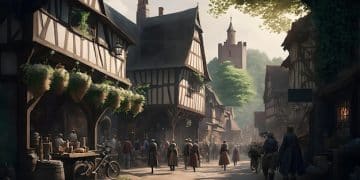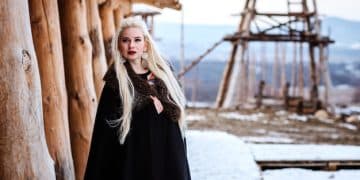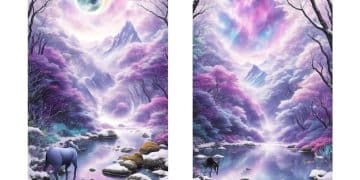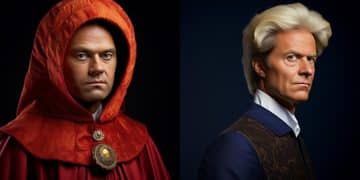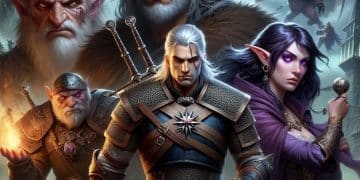The Witcher on Netflix: How Accurate are the Costumes and Set Design?
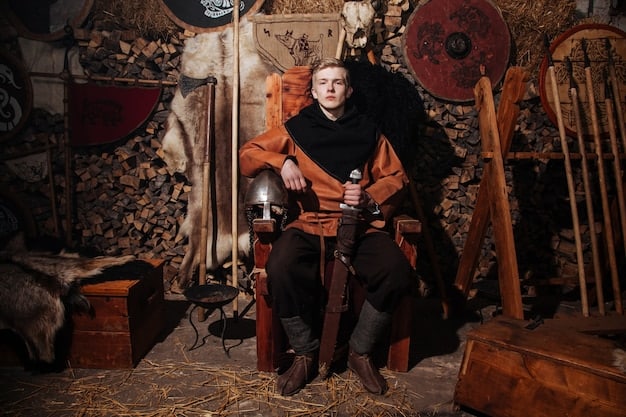
Netflix’s ‘The Witcher’ has captivated audiences with its immersive world, but how well do the show’s costumes and set design hold up against the lore of the books and games? We examine the historical and fantasy influences to determine the accuracy.
Netflix’s ‘The Witcher’: Examining the Accuracy of the Show’s Costumes and Set Design reveals the extent to which the series aligns with its source material. Let’s delve into the intricate details of the show’s production and compare them with the established lore.
The Witcher’s Visual World: Setting the Stage
The visual landscape of ‘The Witcher’ plays a pivotal role in immersing viewers in its fantastical world. From sprawling castles to humble village dwellings, the set designs aim to create a believable backdrop for the characters and their adventures. Let’s break down the key aspects of how the show sets the stage.
Historical Influences and Fantasy Elements
The show draws inspiration from various historical periods, primarily medieval Eastern Europe, blending these with elements of fantasy. This fusion is evident in the architecture, weaponry, and overall aesthetic of the show’s settlements and landscapes.
Iconic Locations and Their Adaptations
Several iconic locations from the books and games make their way onto the screen, each adapted to fit the show’s narrative and visual style. These locations often serve as key settings for important plot points and character interactions.
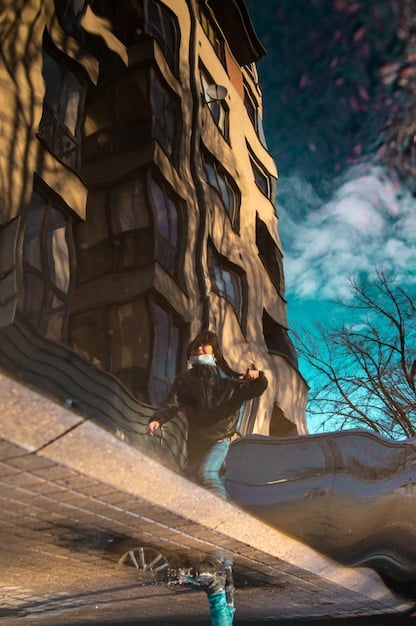
Here are a few core points that impact the setting and overall feel:
- Kaer Morhen: The ancient keep of the Witchers should balance functionality for training with a sense of history.
- Vizima: As a royal capital, Vizima should exude wealth and power while reflecting the political climate.
- Cintra: Before its fall, Cintra’s design should reflect its status as a powerful and cultured kingdom within the Continent.
Overall, the show’s set design aims to strike a balance between historical plausibility and fantastical creativity, creating a world that feels both familiar and otherworldly. The details are crucial in creating an immersive experience for viewers.
Costume Design in The Witcher: A Closer Look
Costume design is essential to bring the characters and their respective cultures to life. The costumes in ‘The Witcher’ not only reflect the characters’ personalities but also provide visual cues about their social standing and affiliations. Let’s examine the various aspects that the costume team focused on to produce these amazing designs.
Character Costumes: Accuracy and Adaptation
Each character’s costume design involves making choices about material, color, and style, all informed by the character’s background and role in the story. Some have criticized the earlier seasons as lacking the grit described in the books, while others praise the regal nature of the Nilfgaardian armor.
Geralt’s Armor and Swords: A Signature Look
Geralt of Rivia, the titular Witcher, is the central character, and his appearance plays a significant role in defining the world and its tone. Geralt’s costume evolves significantly across the seasons, reflecting his personal growth and the changing circumstances he faces. Let’s examine the different armor sets that define the character:
- The Initial Armor: The armor is practical and functional.
- The Upgraded Armor: This armor is more elaborate, with enhanced detailing and superior protection.
- Swords: Geralt’s swords, one silver and one steel, should be distinguishable and practical, reflecting their purpose for monster hunting and combat.
The level of detail in the costumes is noticeable, highlighting the character and their story in a visual way. The design allows the viewer to appreciate the craftsmanship that went into the show.
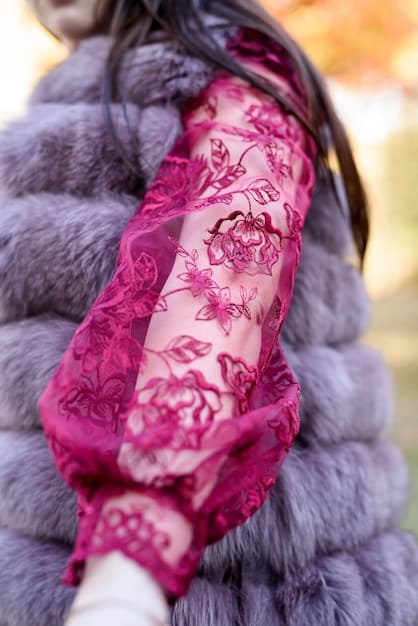
Nilfgaardian Armor: Controversy and Redesign
One of the most debated aspects of ‘The Witcher’ costume design has been the Nilfgaardian armor. The initial design received widespread criticism for its unconventional appearance, leading to a significant redesign in later seasons. Let’s explore elements of the original release and the changes from the update.
The Initial Design and Fan Reaction
The original Nilfgaardian armor was met with considerable backlash from fans, who felt it deviated too far from the source material and looked unconvincing on screen.
The Redesign: Addressing Concerns
In response to the criticism, the costume designers revamped the Nilfgaardian armor for subsequent seasons, aiming for a more traditional and imposing look. The second iteration of the armor improved upon many of the issues fans initially had with the design:
- Aesthetic Improvement: The redesigned armor looks more realistic and imposing.
- Lore Compliance: It aligns more closely with the descriptions in the books and games.
- Fan Reception: Most fans have appreciated the changes, finding the new design more convincing and fitting.
While redesigns are difficult to manage, the team made the right choice in listening to audience feedback. The move paid off as the quality of design improved for later seasons.
Set Design Inspirations: From Medieval Castles to Slavic Villages
The settings in “The Witcher” are a blend of the medieval and Slavic lore, both of which have different architectural influences. While it is a fantasy setting, the more historical it looks, the better. This helps with audience buy-in when watching the show.
Medieval Architecture: Key Set Design Elements
Castles, towns, and cities in “The Witcher” draw quite a bit of inspiration from medieval designs. Here are some different types of builds and what they encompass:
- Castles: Stone walls, towers, and fortified entrances are all the traits of castles. These designs look like fortresses ready for sieges.
- Towns: Expect to see cobbled streets, wooden houses, and bustling marketplaces. These will vary depending on the area and its economic status.
- Cities: Larger locations feature more developed examples of infrastructure, combining trade hubs and religious complexes.
Slavic Influences: Traditional Villages and Folklore
Slavic folklore is another central theme in the architectural designs used in “The Witcher,” especially with more rural communities. Rural villages reflect a more rustic theme, which has its own unique charm. Here is why these influences matter:
- Village Designs: Rural settlements should appear lived-in and practical. Houses should incorporate wood and thatched roofs.
- Folklore Structures: Special structures with folklore significance add to the world. Shrines, sacred groves, and ancient landmarks are also important.
- Cultural Relevance: Having recognizable traits of Slavic culture makes the villages and people more authentic. This also means consulting with cultural experts to make sure the lore is accurate.
With these elements in mind, the show does a great job of making a location feel lived in and specific. You will be more immersed than if it had nothing at all.
Balancing Accuracy with Adaptation: Challenges and Choices
Adapting a beloved franchise can be difficult. A large audience will come into the project, meaning there are many different expectations from the start. It is important to strike a balance between keeping to the source but also giving the show its own identity.
Changes from the Source Material
Making significant alterations might upset loyal fans, even if some modifications are needed. A lot of people may not be happy if the show is too different from the books or games.
Changes to the Costumes
Changes to the costumes can work if some element is hard to visualize. The original Nilfgaardian armor got negative reviews, so it was changed to something more similar to what fans expected. Below are different benefits of being accurate and inaccurate.
- Why be accurate: This respects the source material, which shows appreciation for the audience. This is the best way to make sure long-term fans stay happy.
- Why be inaccurate: Changes can lead to new content for the fans, which allows for more discussion. Also, adaptations help make adaptations that will work within the medium better.
Sometimes you just need to make something make sense for a visual medium. At least when things change, the audience should know why.
The Impact of Visual Design on Viewer Experience
The visuals drive the feeling of most shows, so there is a lot of thought that goes into the costume and set design. The visuals impact the immersion and can make or break the show.
How Costumes and Sets Enhance Storytelling
Costumes and set design have an impact on the narrative and provide additional context, making each scene that much more immersive. These designs can subtly communicate information about the characters, their backgrounds, and their relationships with each other.
| Key Point | Brief Description |
|---|---|
| 🏰Set Design | Immersive set design is a crucial part of making the world feel real. |
| ⚔️Costume Design | Costume design is very important for the feel of the series. |
| 🛡️Armor accuracy | The Nilfgaardian armor redesign in the series was a critical change. |
| 🎭Overall Influence | Slavic origins and medieval influences made the series successful overall. |
Frequently Asked Questions
▼
The accuracy of costume design in ‘The Witcher’ varies; some elements are faithful to the books, while others take creative liberties. The show strives to capture the essence of the characters while adapting them for the screen.
▼
One of the biggest set design challenges was creating a believable and immersive world that blended historical and fantastical elements. The team aimed to balance accuracy with creative interpretation.
▼
Fan feedback significantly influenced costume redesigns, especially concerning the Nilfgaardian armor. The changes made were to align better with audience expectations and the source material.
▼
The set design in ‘The Witcher’ draws inspiration from medieval Eastern Europe, incorporating architectural and cultural elements from that time to create a rich and believable world.
▼
Accurate world-building is vital because it immerses viewers more deeply into the world and builds a loyal fan base. It also shows respect for the author and audience
Conclusion
In conclusion, the accuracy of costumes and set design in Netflix’s ‘The Witcher’ plays a crucial role in shaping the viewer experience. While adaptations and creative liberties are inevitable, the show’s commitment to balancing historical plausibility with fantastical elements impacts its overall success.

